Author: J. Langley
-

Vibe Coding Live
Transcription provided by Huntsville AI Transcribe Okay, so what we’ve been looking at lately, or what I’ve been looking at lately is Dayjob being overwhelming and somewhat of a dumpster fire, […]
-
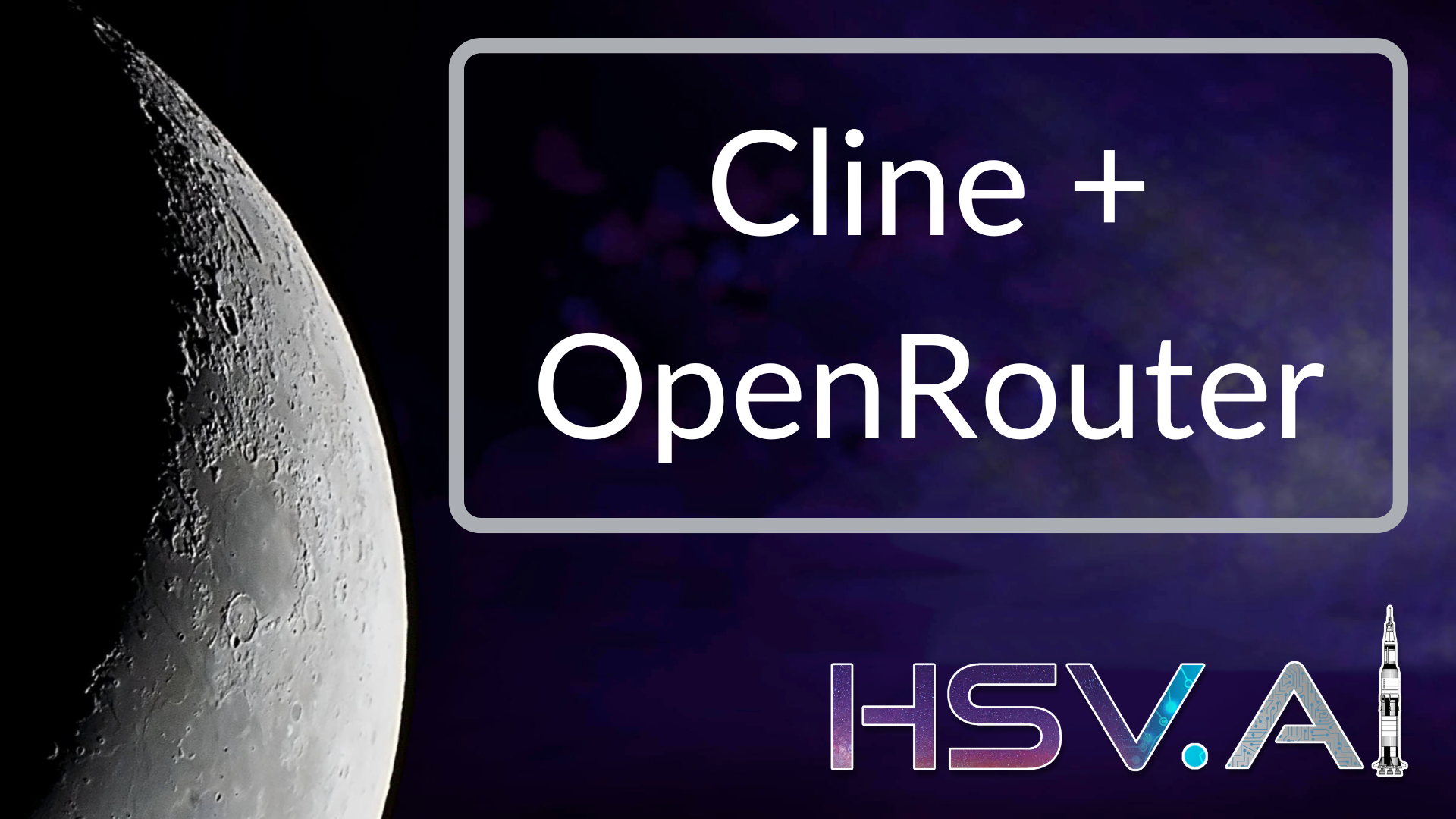
Cline + OpenRouter
Transcription provided by Huntsville AI Transcribe So a little bit of housekeeping type stuff and just some updates from the last couple of weeks. The AI Huntsville Task Force, which is […]
-
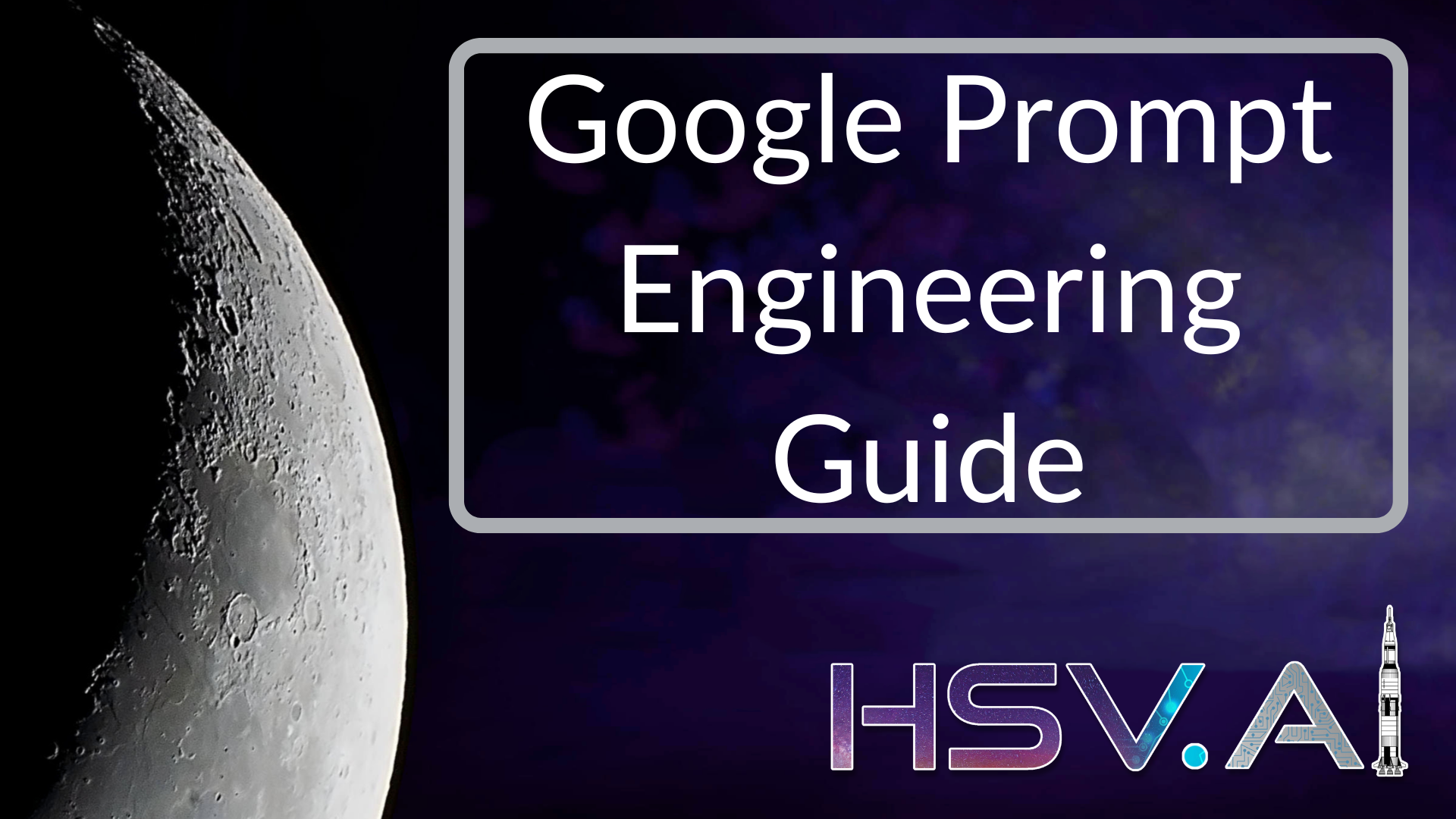
Paper Review – Google Prompt Guide
Transcription provided by Huntsville AI Transcribe Let’s see. To the May version of our virtual paper series. So this time around, we’re going to be talking through the prompt engineering paper […]
-
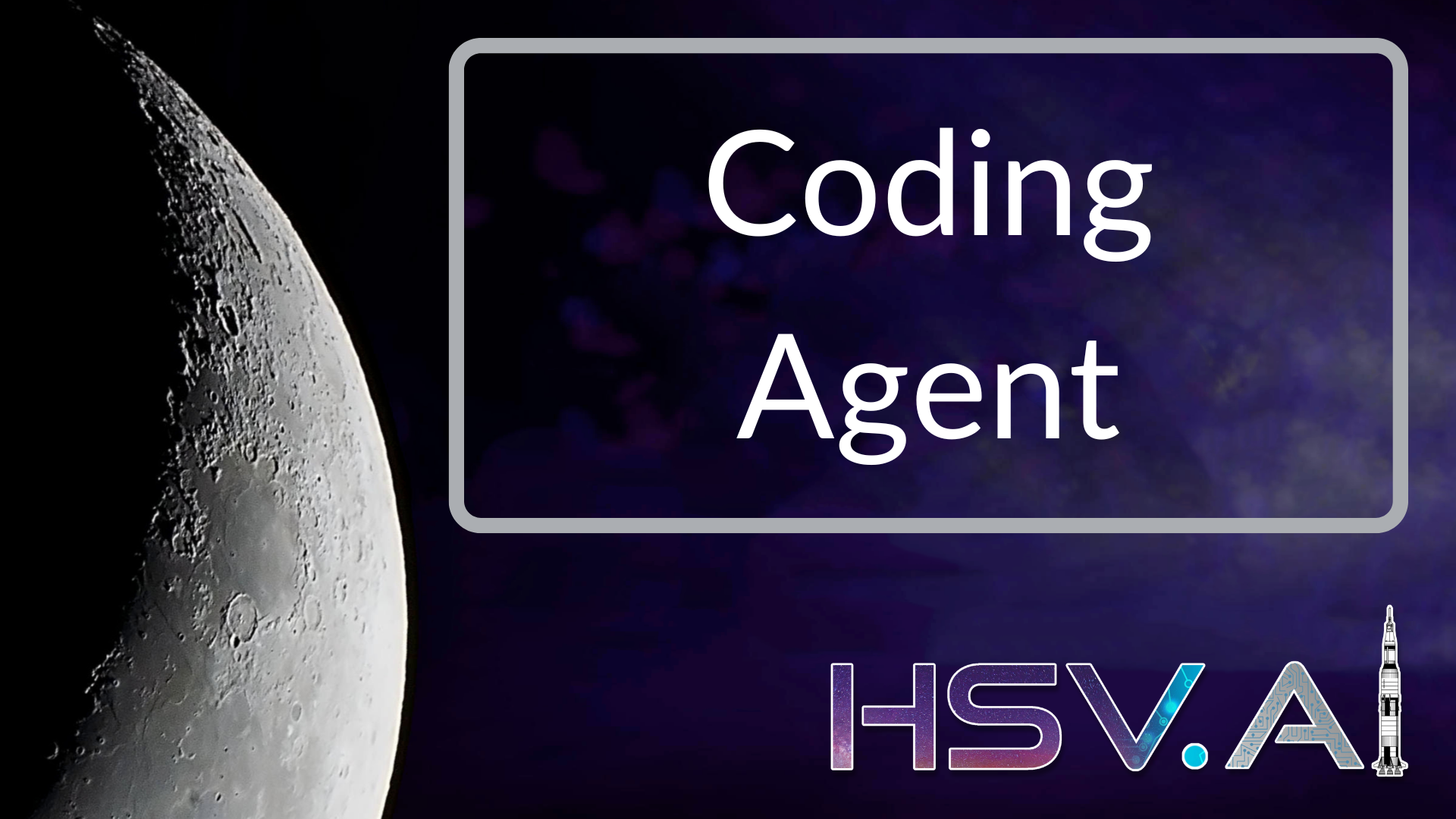
OpenHands Code Agent
Transcription provided by Huntsville AI Transcribe So we don’t have anybody new that hasn’t heard my normal spiel about Huntsville AI, so we will skip that point and jump right to […]
-
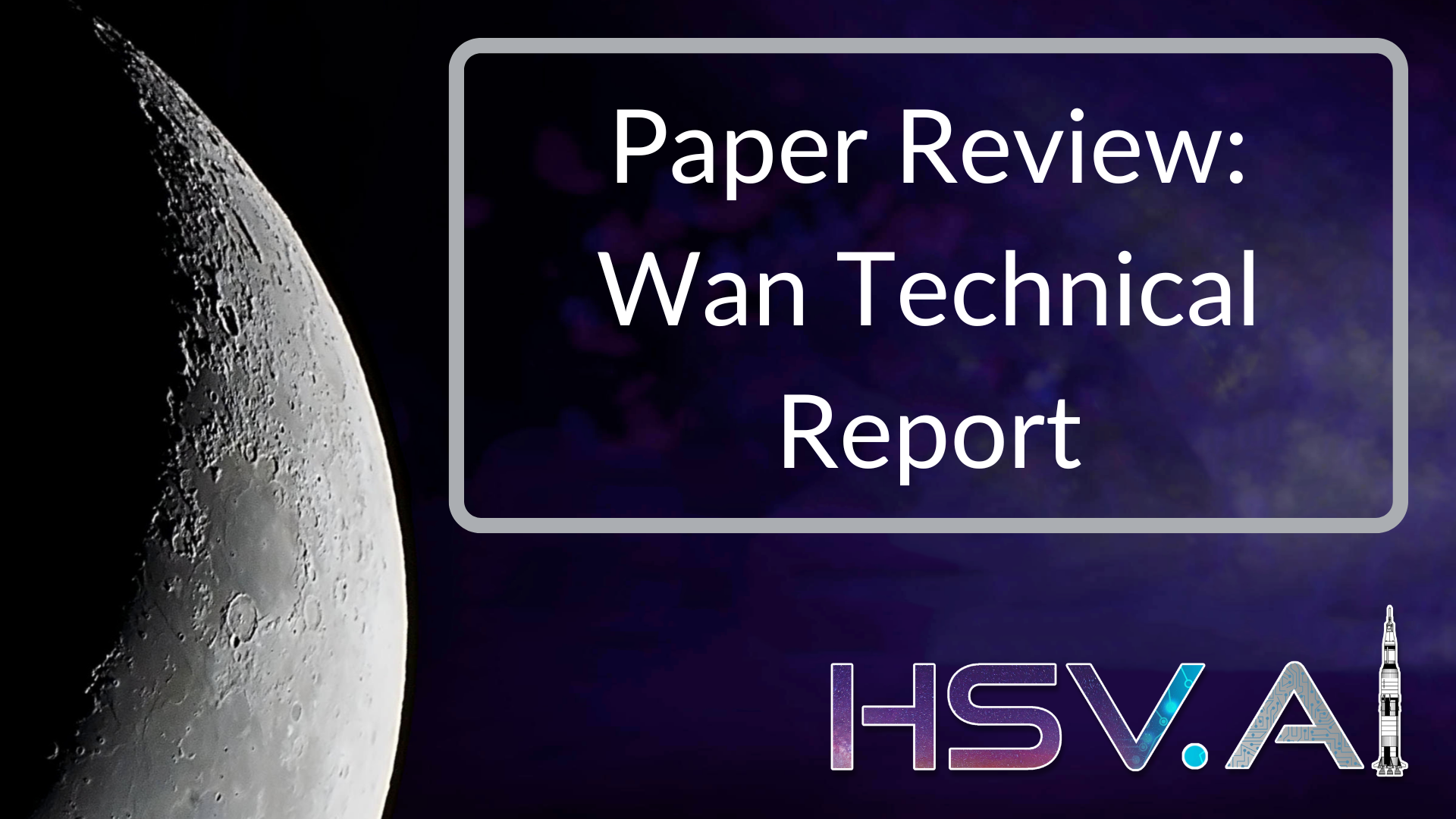
Virtual Paper Review – Diffusion Transformers & Flow Matching
Transcription provided by Huntsville AI Transcribe All right, well, let’s go ahead and get started. So the topic for tonight is video diffusion. In general, we did talk a little bit […]
-

AI Agent Frameworks
Transcription provided by Huntsville AI Transcribe So welcome to Huntsville AI. We’ve got several new faces, hence the name tags. There’s actually four that I think you two may be new. […]
-
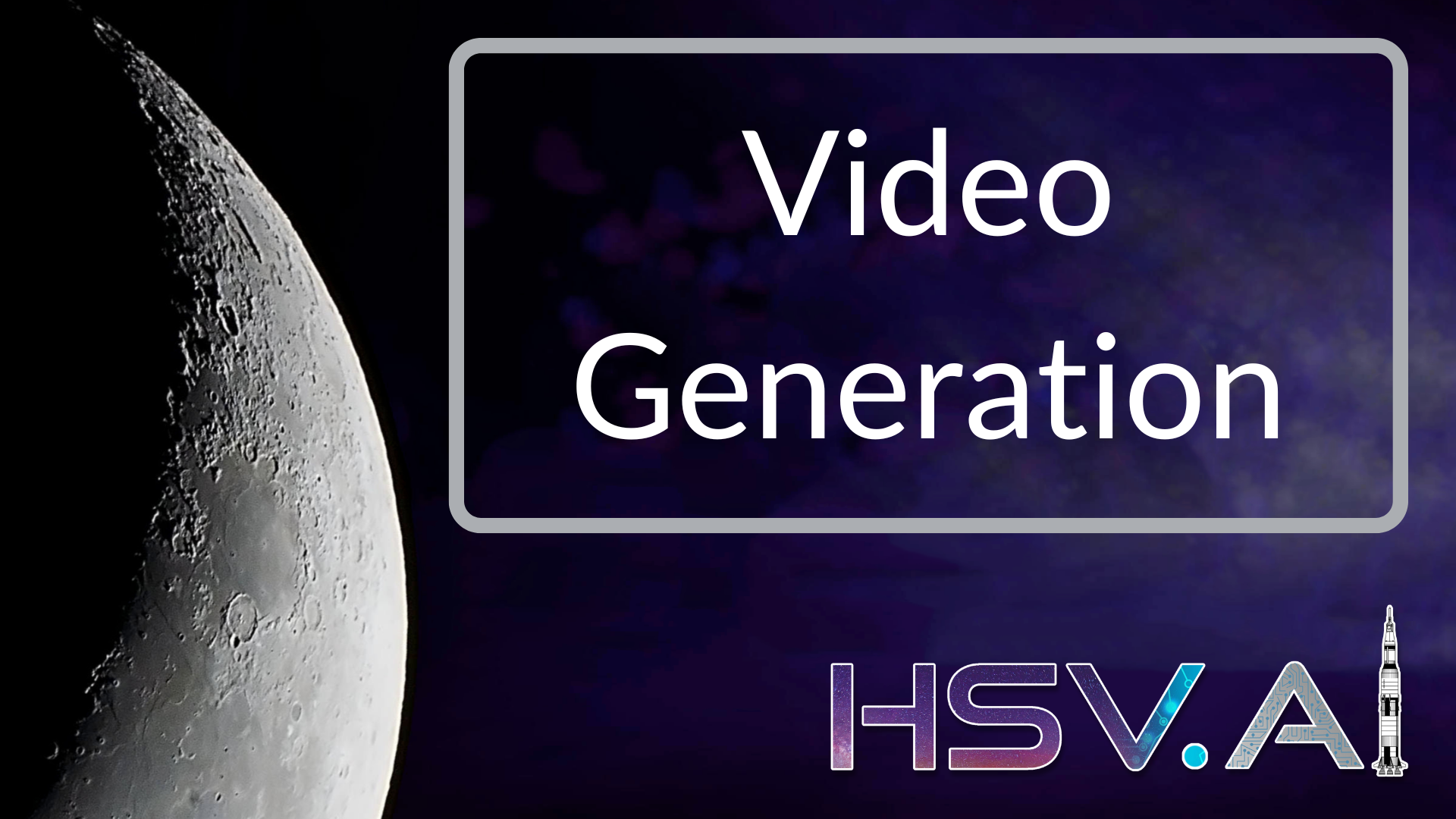
Video Generation
Transcription provided by Huntsville AI Transcribe So, welcome to Huntsville AI. I see one new face. I think everybody else has been here, so welcome. This is a every other week, […]
-
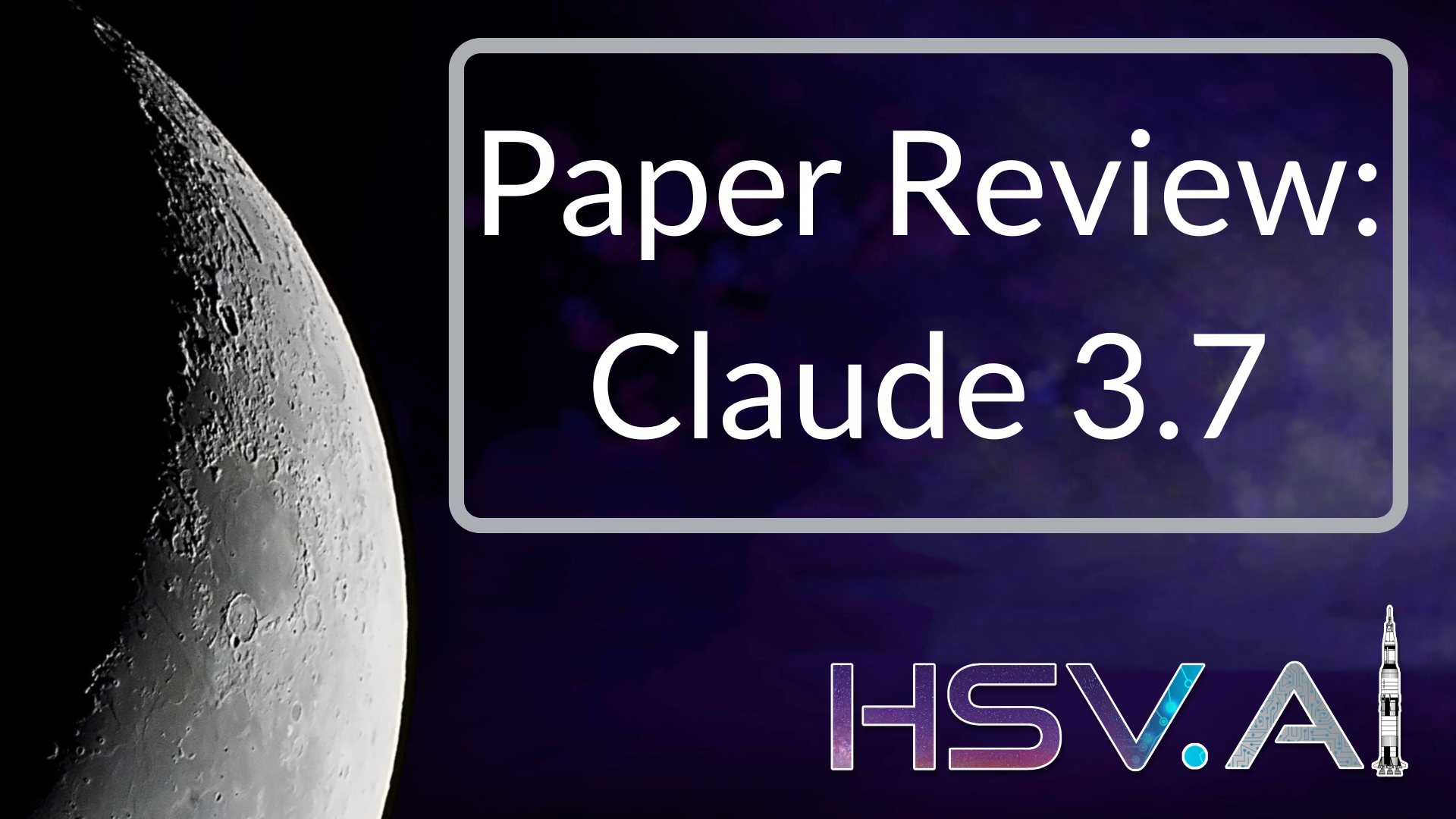
Paper Review: Claude 3.7
Transcription provided by Huntsville AI Transcribe All right, I think we should be good. All right, so tonight we’re gonna be going over the Claude 3.7 system card for 3.7 Sonnet. […]
-
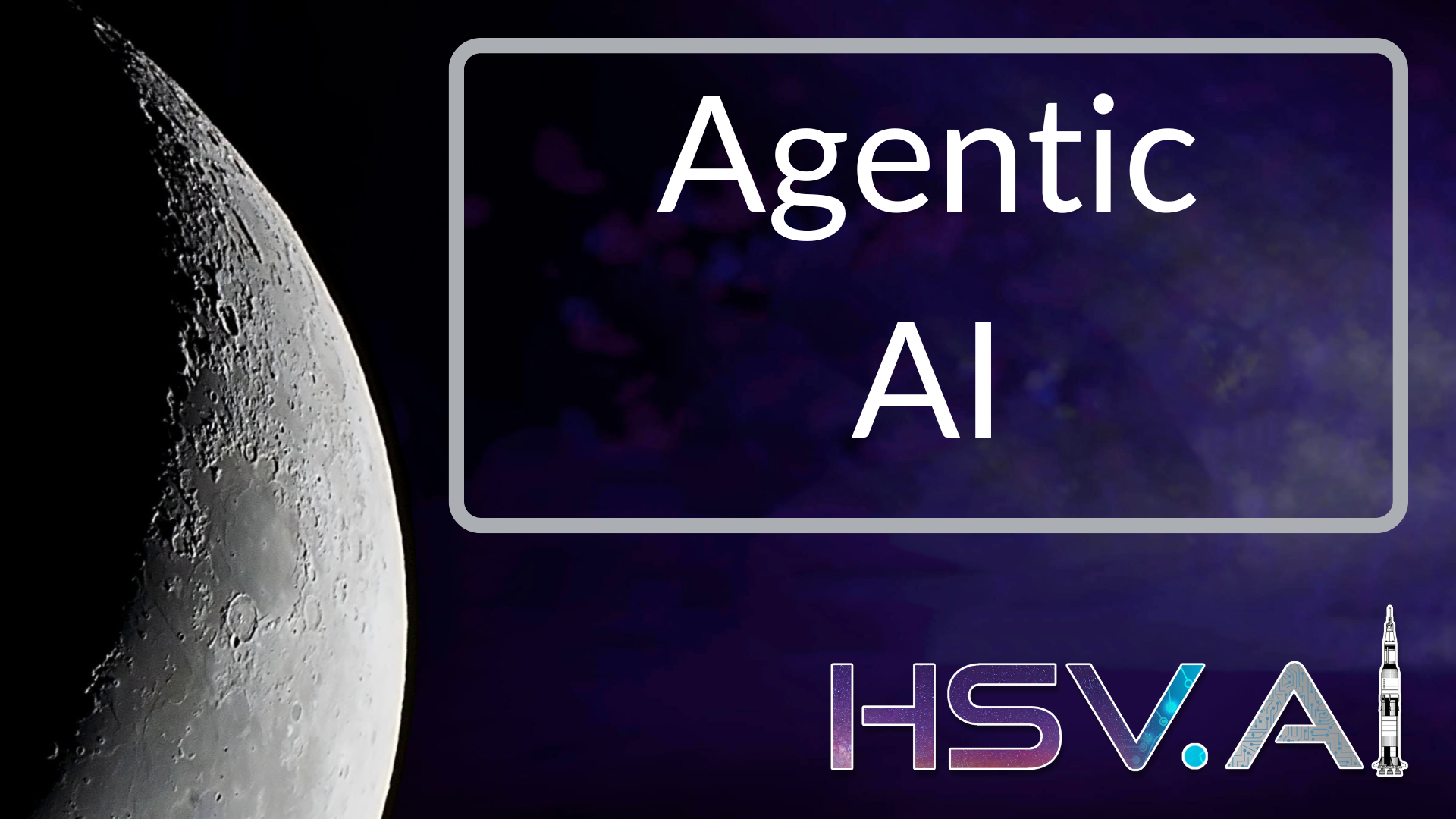
AI Agents with HuggingFace
Transcription provided by Huntsville AI Transcribe So what we wound up doing was finding a data set called DIBDS. It’s a bunch of microscopy data for bacteria that’s in 20 different […]
-
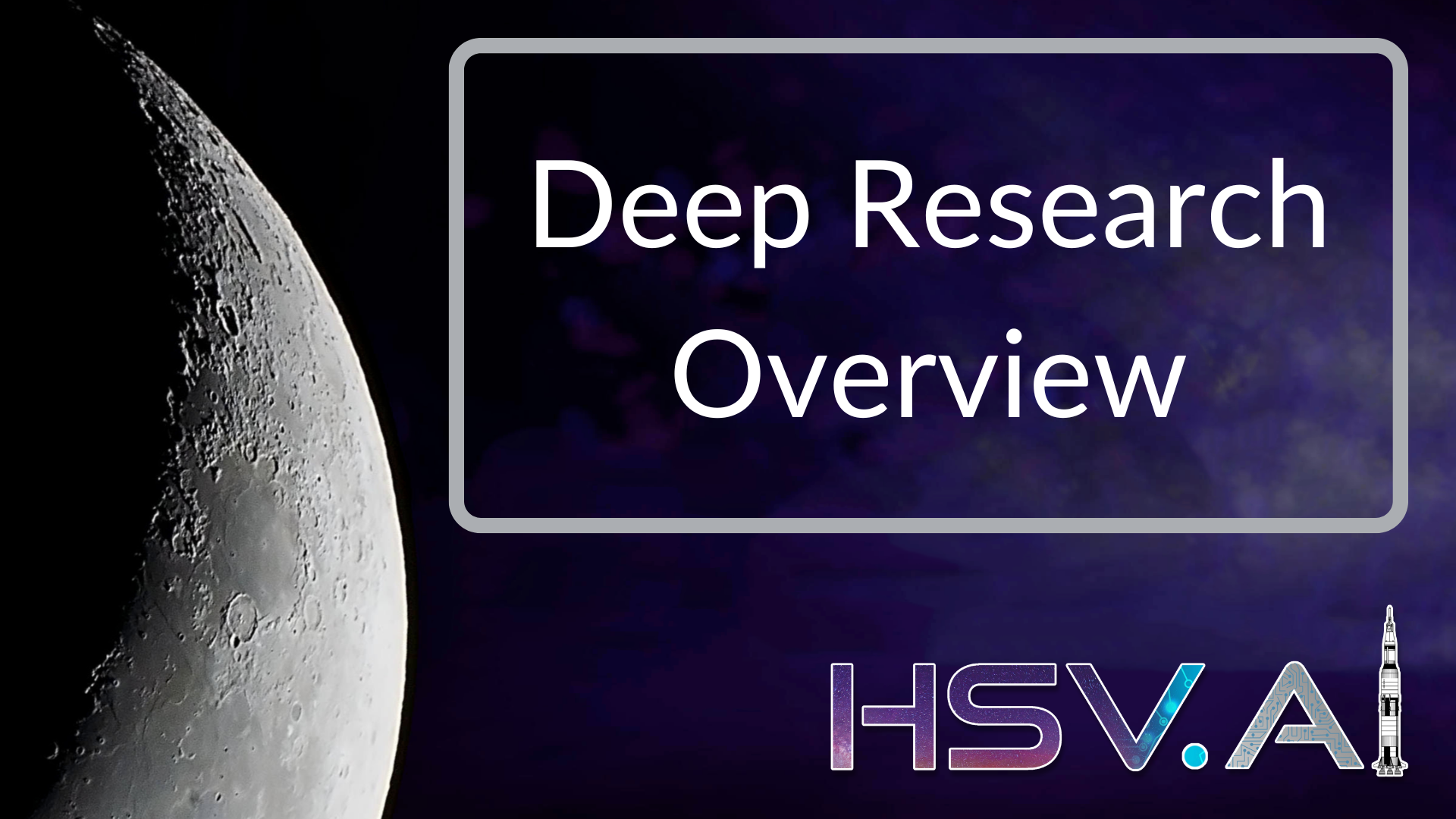
Deep Research Overview
Transcription provided by Huntsville AI Transcribe For those that haven’t been here before, this is Huntsville AI. We run a every-other-week meetup. Usually we’re in person over at Hudson Alpha, and […]
